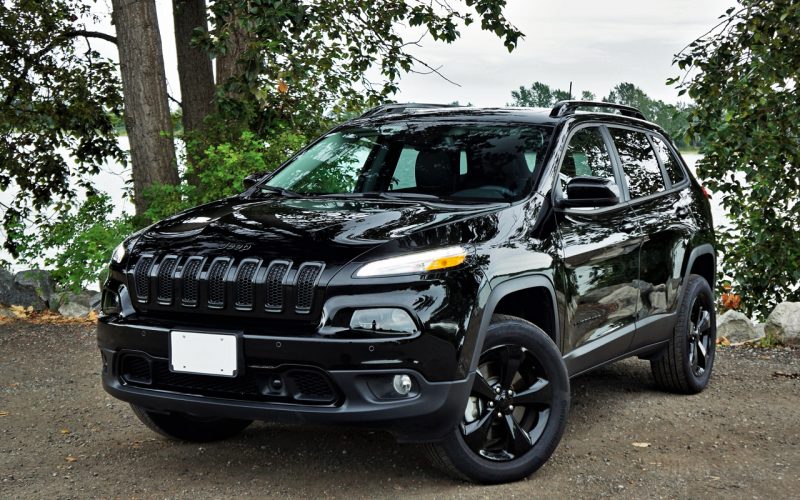
Reading Time: 11 minutesHave you noticed? Jeep has been harmonizing the look of its new lineup. It started with
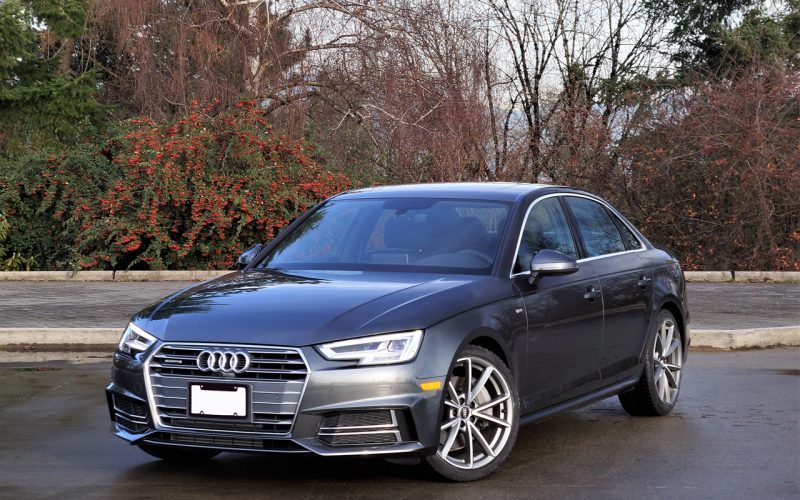
Reading Time: 9 minutesAt first glance the move up from Audi’s A3 to A4 might not appear like a
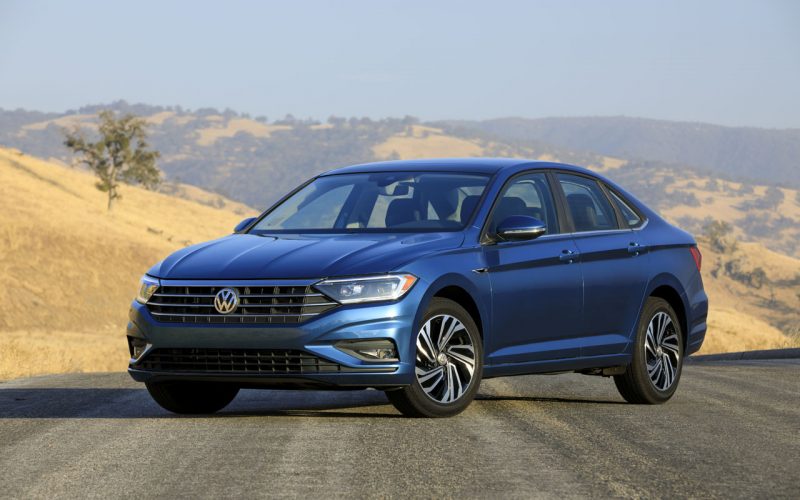
Reading Time: 7 minutesIn case you were hoping the new seventh-generation 2019 Jetta would be doing direct battle with
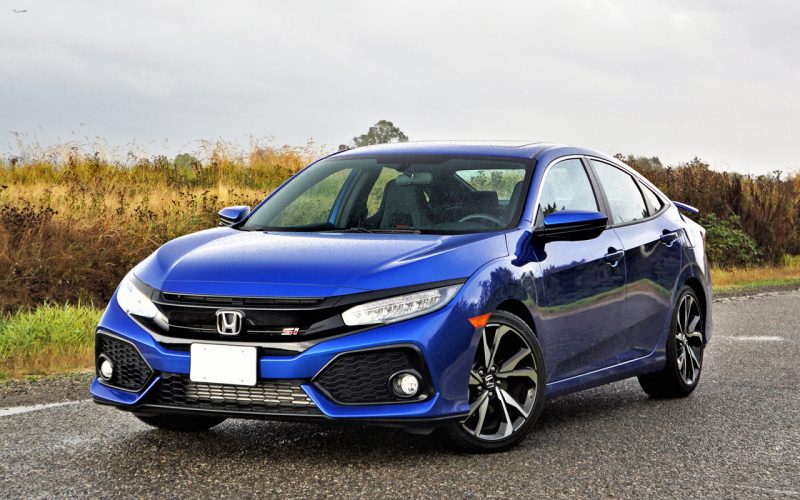
Reading Time: 10 minutesIf you call yourself a car enthusiast yet don’t have a place in your heart for
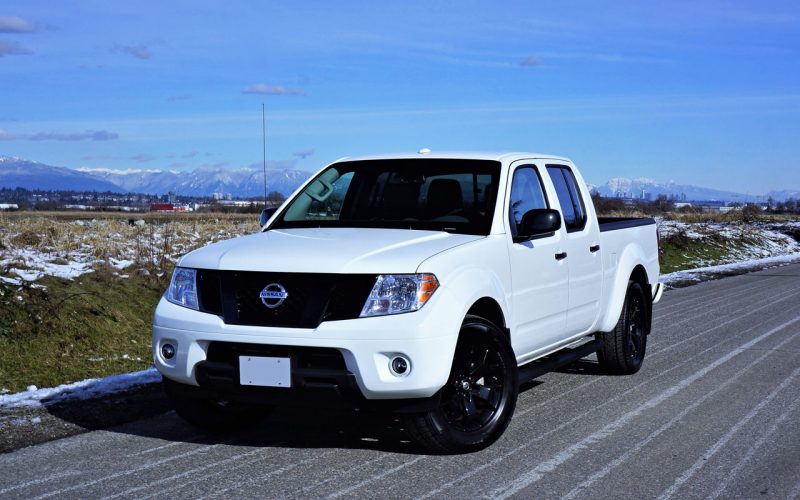
Reading Time: 13 minutesNissan makes one of the more stylish, technologically advanced, and all around modern mid-size pickup trucks
© 2025 The Car Magazine. All Rights Reserved, Privacy Policy | Terms of Use